#William Wallace Denslow
Text

Dot and Tot of Merryland. Written by L. Frank Baum. Illustrated by William Wallace Denslow. 1901.
via
11K notes
·
View notes
Text
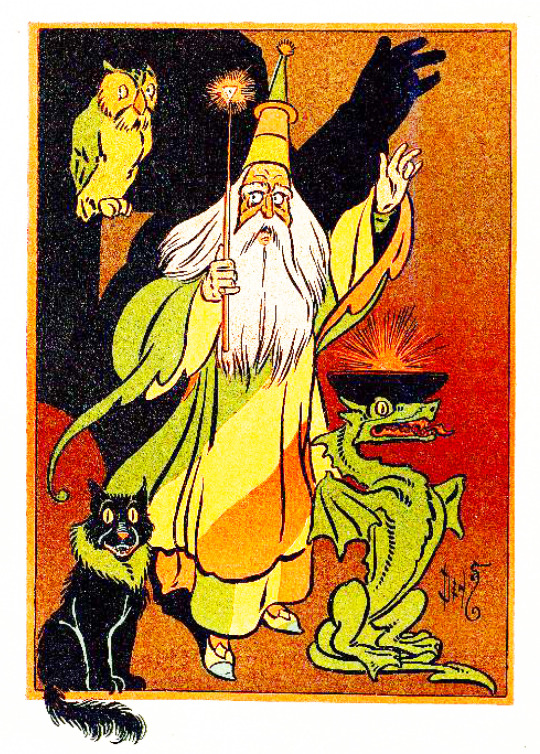
William Wallace Denslow (1856-1915), ''Denslow's Tom Thumb'', 1903
Source
#W. W. Denslow#William Wallace Denslow#american artists#tom thumb#wizard shit#children's books#vintage illustration
94 notes
·
View notes
Text
La vigilia di Natale
Ininterrottamente pubblicato da oltre due secoli vendendo milioni di copie nel mondo, The Night Before Christmas di Clement C. Moore è diventato il più classico dei classici natalizi recitata fra gli altri da Louis Amstrong, Aretha Franklin e da Bob Dylan. Illustrato da innumerevoli artisti, nel 1902 arriva tra le mani di William Wallace Denslow e diventa Denslow’s Night Before Christmas. La…
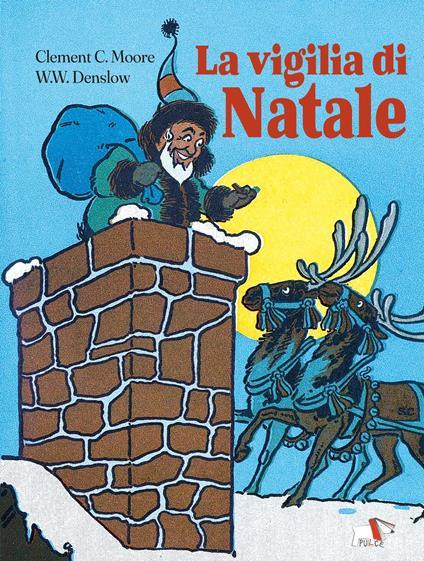
View On WordPress
0 notes
Photo

William Wallace Denslow illustration in L. Frank Baum The Wonderful Wizard of Oz, 1900. In William Wallace Denslow's original illustrations, the Good Witch of the North appears not as a glittery, bubblegum pink specter but akin to her sinister sister: an elderly woman wearing a pointy cap. "The Salem Witch Trials: Reckoning and Reclaiming" After 300 years, Salem's witch trials remain a defining example of intolerance and iniustice in American history. Organized by the Peabody Essex, this exhibition, at the New York Historical Society, includes obiects and accounts from the 17th century alongside contemporary creative responses from Salem descendants. (at New-York Historical Society) https://www.instagram.com/p/CkyqXJIvtV5/?igshid=NGJjMDIxMWI=
0 notes
Photo

The Wicked Witch of the West melts, from the William Wallace Denslow illustration in the first edition of The Wonderful Wizard of Oz (1900)
1 note
·
View note
Photo
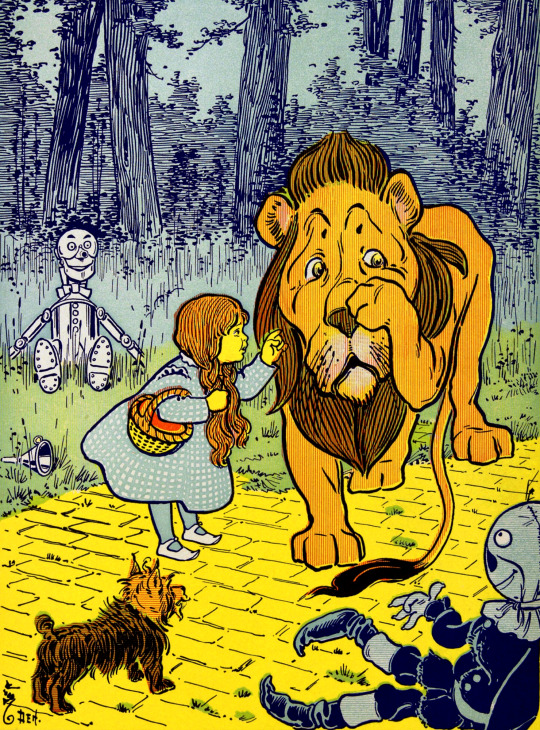
"You ought to be ashamed of yourself!"
Doroty meets the Cowardly Lion by William Wallace Denslow
from "The Wonderful Wizard of Oz"
#william wallace denslow#the wonderful wizard of oz#doroty#the cowardly lion#illustration#pop culture#cats
13 notes
·
View notes
Text

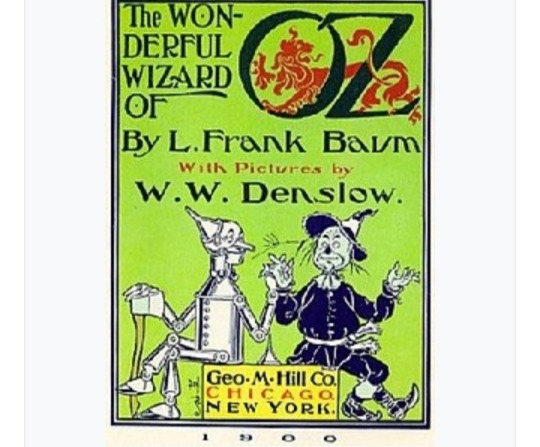
1. Before he was famous, Baum worked as a poultry breeder, actor and traveling salesman.

Baum was 44 when “The Wonderful Wizard of Oz” was published, and by then, he’d tried his hand at a variety of jobs.
As a young man in upstate New York, he bred prize-winning chickens, published a trade journal about poultry and was as an actor and playwright.
One of his plays, “The Maid of Arran,” toured a number of U.S. cities in the early 1880s, with Baum in a leading role.
However, following some shady dealings by his bookkeeper, plus a fire that destroyed a theater owned by Baum, he tabled his show-business dreams and went to work as a salesman for a company that made lubricating oil.
By the early 1890s, he’d moved to Chicago and was employed as a traveling salesman for a glassware firm.
While away from home, he invented stories to tell his four sons, and when his mother-in-law heard some of these tales, she encouraged him to try to publish them.
The result was Baum’s first children’s book, “Mother Goose in Prose,” which failed to sell well when released in 1897.
Meanwhile, Baum had grown tired of life as a traveling salesman and founded a well-received trade magazine about window trimming.
(He got the idea after observing poorly organized store-window displays during his time on the road).
In 1899, he published his second work for children, “Father Goose, His Book.”
An unexpected best-seller, it got his literary career rolling and helped generate interest in “Oz,” which he was already working on.
2. The author and his “Oz” co-creator had a major falling-out.

When “The Wonderful Wizard of Oz” debuted, it was praised for its lavish illustrations, created by Philadelphia-born artist William Wallace Denslow.
Baum and Denslow met in Chicago in the 1890s and Denslow did some drawings for “The Show Window,” Baum’s trade magazine, before the two teamed up on “Father Goose,” the surprise 1899 best-seller.
Their next project, “Oz,” for which they shared the copyright, quickly became a best-seller.
However, the pair’s relationship soured, with each man believing he deserved the credit for the book’s success.
Although they released one more children’s book together, 1901’s “Dot and Tot of Merryland,” they never collaborated on another “Oz” book.
After clashing over royalties from a popular 1902 musical production called “The Wizard of Oz” (the first time “wonderful” was deleted from the title), the men parted ways.
Denslow continued to work as an illustrator (the Scarecrow and Tin Man characters from “Oz” showed up in some of his designs), but his career eventually went into decline after he developed a drinking problem.
He died in 1915 in New York, four years before Baum.
3. The “Oz” series almost came to an early end.
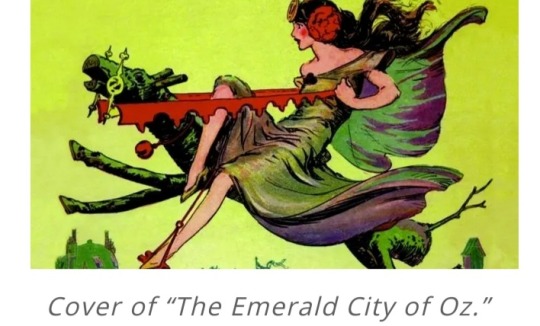
The success of the first “Oz” book led Baum to produce sequels, but he grew tired of the magical place he’d devised and tried to end the series with his sixth book, “The Emerald City of Oz,” in which Dorothy takes Aunt Em and Uncle Henry to reside permanently in Oz.
However, by the time the book was published in 1910, its author was facing serious financial problems due in part to his heavy investment in “The Fairylogue and Radio-Plays,” an expensive, short-lived traveling show in which Baum narrated silent-film clips of his famous characters, while accompanied by an orchestra and stage actors.
Baum filed for bankruptcy in 1911 and signed away the film rights to “The Wonderful Wizard of Oz” to help pay off his debts.
Still in need of money, he resumed writing about the "Land of Oz" and “The Patchwork Girl of Oz,” his seventh novel in the series, debuted in 1913.
4. Baum used a series of pen names.

Baum (his first initial, “L,” stood for Lyman, a name he disliked. In person, he went by Frank) also churned out dozens of books using various pen names.
Among these works were a popular series for teenage girls, “Aunt Jane’s Nieces,” for which he used the nom de plume, Edith van Dyne.
The 14th and final “Oz” book written by Baum, “Glinda of Oz,” was published in 1920, a year after his death.
Children’s author Ruth Plumly Thompson was hired to continue the series and penned 19 additional “Oz” books.
5. Baum championed women’s voting rights.
In 1888, searching for new business opportunities, Baum moved with his family to the frontier town of Aberdeen in the Dakota Territory.
There, he opened a novelty-goods store called Baum’s Bazaar.
However, the area soon experienced a severe drought and the local economy cratered.
After Baum was forced to shutter his store in early 1890, he became owner of a local newspaper, the Aberdeen Saturday Pioneer, for which he penned editorials that championed issues such as women’s suffrage.
Baum’s views on the subject were influenced by his strong-willed wife, Maud, and mother-in-law, Matilda Gage, a leader in the women’s rights movement who had collaborated with Elizabeth Cady Stanton and Susan B. Anthony.
Baum advocated for an 1890 referendum on women’s suffrage in South Dakota—which was admitted to the Union in 1889—but the measure was defeated.
When Baum later began writing children’s books, many of his main characters were tenacious, self-reliant girls.
In 1920, a year after Baum’s death, American women gained the right to vote when the 19th Amendment was ratified.
6. Baum founded an early movie studio in Hollywood.
Baum moved to Hollywood in 1910, just as the film industry was getting started there.
He went on to co-found the Oz Film Manufacturing Company to make movies based on his books for which he still held the film rights.
One of Baum’s sons co-wrote a “Wizard of Oz” adaptation that made it to the big screen in 1925.
The cast included Oliver Hardy (who became half of the comedy duo Laurel and Hardy) as the Tin Man.
He and his partners built a studio and in 1914, turned out a handful of silent films, but the elaborate productions were ahead of their time and failed to find a wide audience.
The company shut down the following year.
However, the film was panned by critics.
It wasn’t until MGM’s 1939 production that “Oz” found cinematic success.
Baum’s widow, Maud, attended the film’s Hollywood premiere at Grauman’s Chinese Theatre that August.
7. The now-classic movie wasn’t a blockbuster when first released.
MGM was inspired to make a silver-screen adaptation of “The Wonderful Wizard of Oz” following the box-office success of “Snow White and the Seven Dwarfs,” the world’s first animated feature film, which was released by Walt Disney in 1937.
A 16-year-old Judy Garland starred as Dorothy in the 1939 movie, which debuted to mostly favorable reviews and earned six Academy Award nominations.
It won two Oscars, for best song—“Over the Rainbow”—and best score, but lost the best picture category to “Gone with the Wind.”
(Five different directors worked on “Oz,” although the credit went to Victor Fleming, who also helmed “GWTW”.)
The big-budget production, which included some 600 actors and nearly a thousand costumes, cost $2.8 million to make.
However, it initially brought in about $3 million at the box office, and when distribution costs and other expenses were tabulated, “The Wizard of Oz” wasn’t considered profitable.
Television is what transformed the movie into an American classic.
“The Wizard of Oz” aired on national TV for the first time in November 1956, and beginning in 1959, was shown once a year until 1991.
Watching the annual screenings became a tradition for many families.

8. In the original book, Dorothy’s magical slippers were silver.

Dorothy wore silver shoes in Baum’s story, but for the Technicolor film, Judy Garland sported ruby red slippers because it was believed they’d stand out better against the yellow brick road.
Several pairs of the now-legendary pumps were used during the 1939 production.
After filming wrapped, they went into storage on MGM’s Culver City, California lot and were forgotten.
The shoes were unearthed in 1970 during preparations for an auction of MGM costumes and props.
Four authentic pairs are known to exist today:
One pair was auctioned off and donated to the Smithsonian in 1979, while another pair sold at auction in 2000 for $666,000.
In 2012, actor Leonardo DiCaprio was the main benefactor behind the purchase of a pair for the Academy of Motion Picture Arts & Sciences.
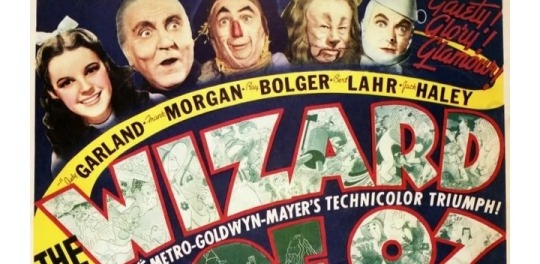
Also in the movie but not the original book:
“Toto, I’ve a feeling we’re not in Kansas anymore.”

One of the most famous quotes associated with the Land of Oz, it was dreamed up by Hollywood screenwriter Noel Langley, not Baum.
#The Wizard of Oz#L. Frank Baum#William Wallace Denslow#Lyman Frank Baum#Edith van Dyne#Ruth Plumly Thompson#Oz Film Manufacturing Company#Judy Garland#Noel Langley#ruby slippers#Dorothy#MGM
27 notes
·
View notes
Photo

#doctor who#the wizard of oz#mash 'em up kids#william wallace denslow#lyman frank baum#oz#i made this
12 notes
·
View notes
Photo

Dorothy Gale.
#the wonderful wizard of oz#book series#dorothy gale#Protagonist#l. frank baum#fantasy#william wallace denslow
10 notes
·
View notes
Photo
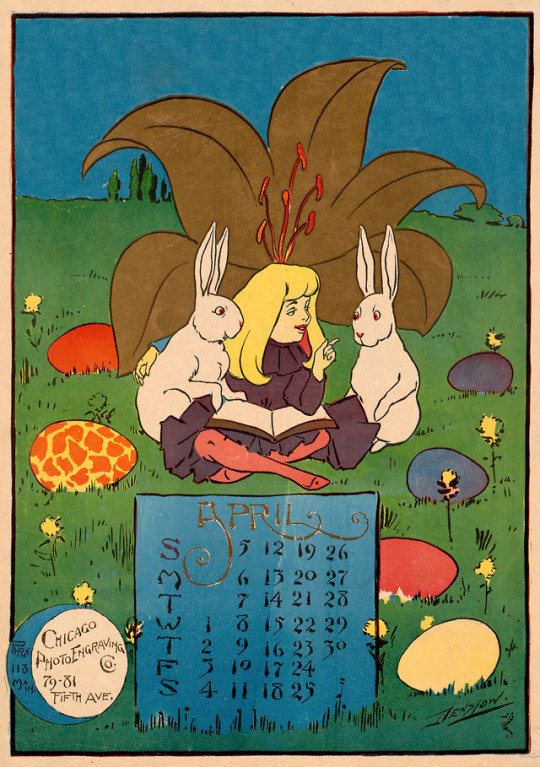
William Wallace Denslow (1856-1915), 'April'
Source
#w. w. denslow#william wallace denslow#american artists#illustrators#illustration#illustrations#calendars#april#easter#vintage art#vintage illustration#rabbits
183 notes
·
View notes
Photo

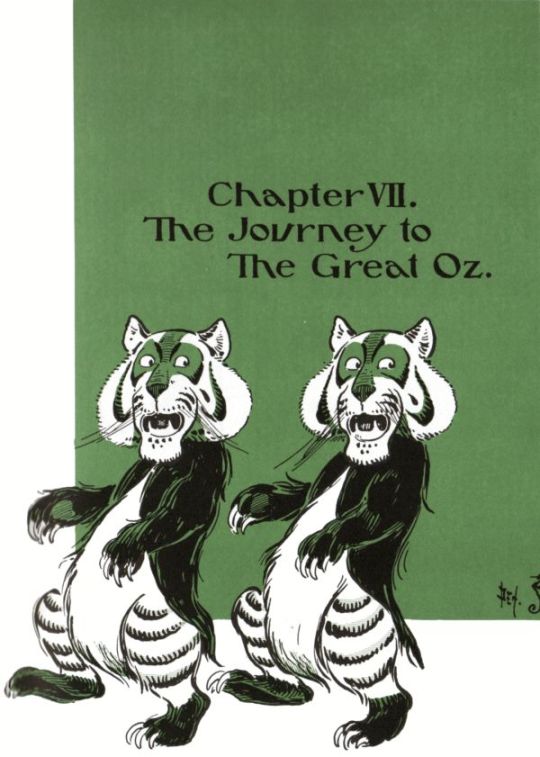
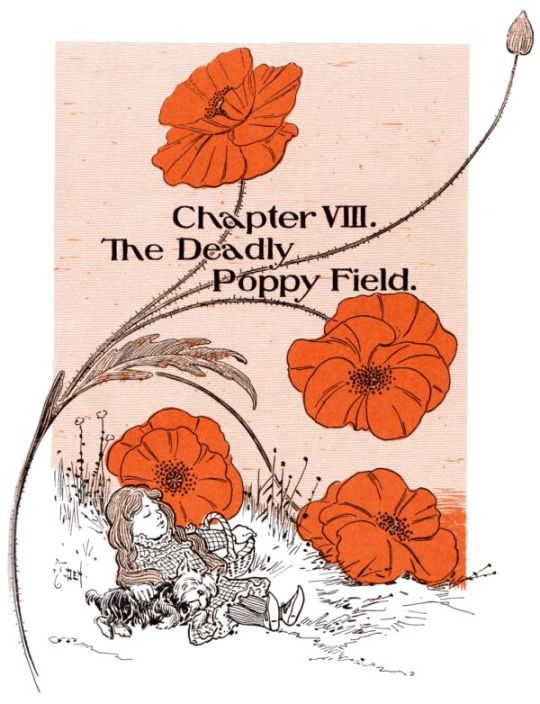
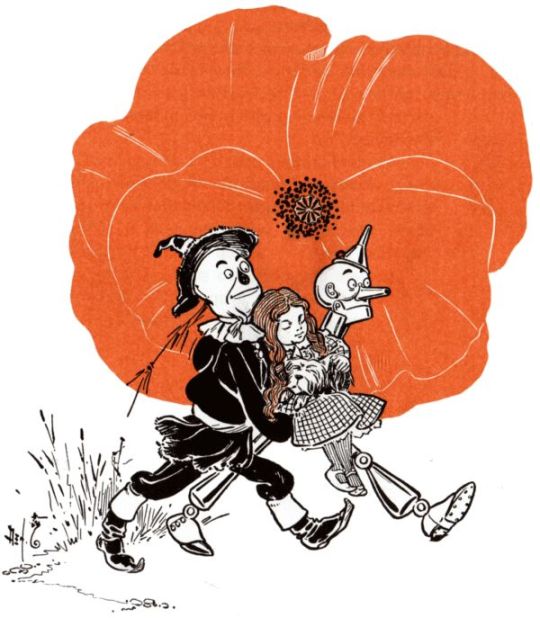
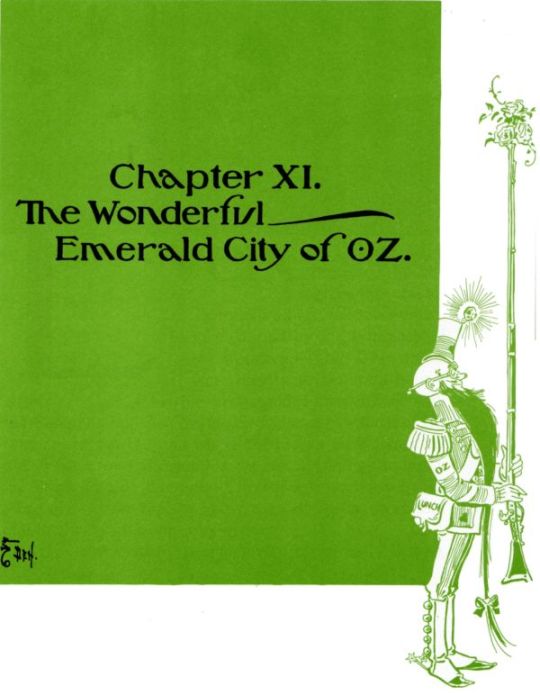

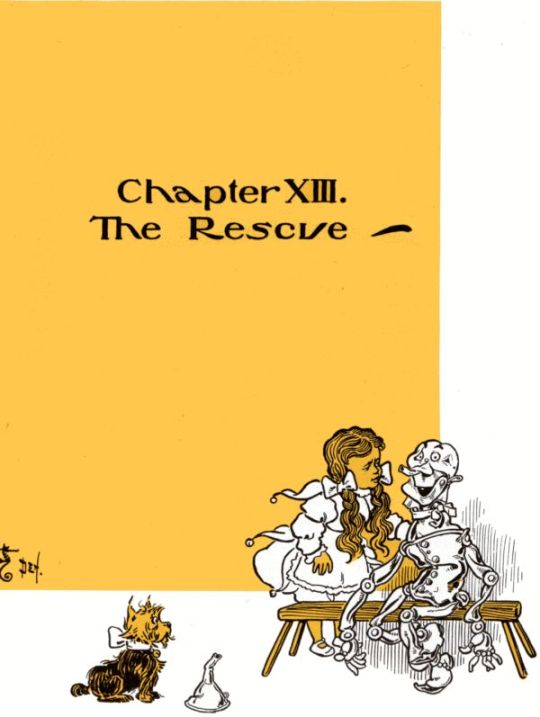
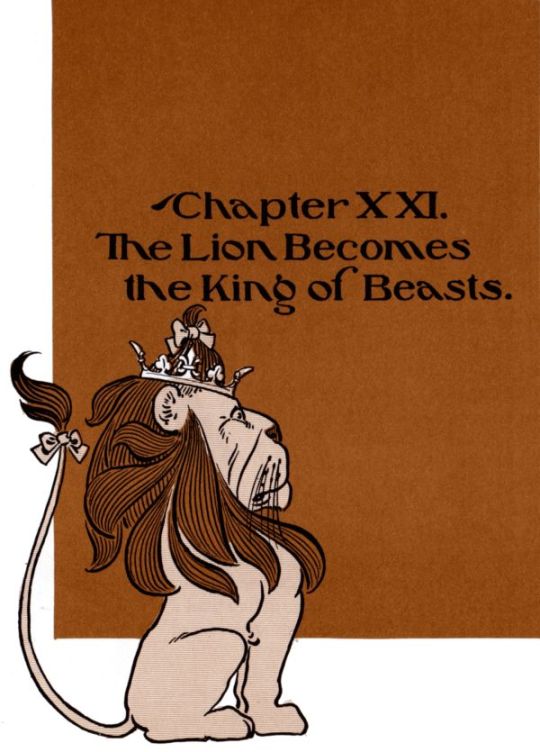
Pt. 2
William Wallace (W.W.) Denslow (1856-1915). Illustrations for The Wonderful Wizard of Oz by Frank L. Baum. 1899.
★ Available to read online for free
#ww denslow#william wallace denslow#wizard of oz#dorothy#flying monkeys#wicked witch#fairytale#old illustration#golden age illustration
78 notes
·
View notes
Text
O Mágico de Oz, de L Frank Baum
O Mágico de Oz, de L Frank Baum - Você está pronto para seguir a trilha de tijolos amarelos?
Fábula Dark
O mágico de Oz, de L Frank Baum, foi publicado pela DarkSide Books em 2020 no selo Fábulas Dark, trazendo histórias surpreendentes que atravessaram gerações e se expandiram do mundo das palavras para todos os formatos e manifestações artísticas. Edições únicas e de puro encantamento.
O mágico de Oz, de L Frank Baum
Esta edição é ilustrada por William Wallace Denslow que ficou…

View On WordPress
#Coluna Canto Delas#Darkside Books#Fábulas Dark#L. Frank Baum#Marcia Heloisa#William Wallace Denslow
0 notes
Photo

Geese above, seahorses below. Another unseasonably hot day in the northeast has us thinking of cool, refreshing ponds.
From: Father Goose, His Book (1899), by L. Frank Baum, illustrations by William Wallace Denslow
129 notes
·
View notes


